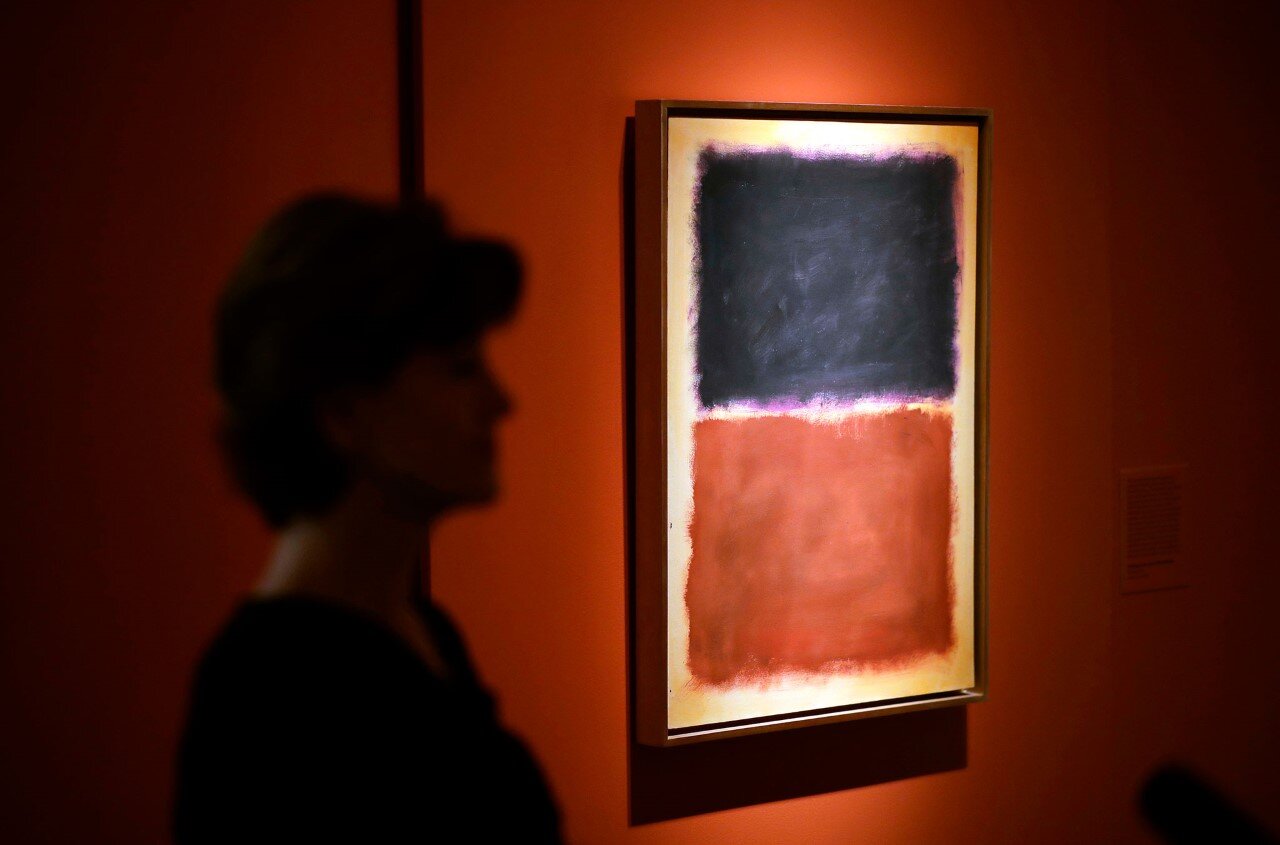Made You Look: A True Story About Fake Art - a grade A dissection of one of America's biggest art scams
By Liam Lacey
Rating: A
With the postponement of this year’s Hot Docs International Film Festival because of the coronavirus crisis, the Canadian Broadcast Corporation has stepped in to air a selection of films that would have been screened at this year’s festival.
The first of these, Barry Avrich’s Made You Look: A True Story About Fake Art, airs tonight. There are enough films about art fraud, both fictional and documentary, to constitute a sizeable library. In some ways, these concerns have accelerated with contemporary abstract or conceptual art.
There’s a comforting appeal to us common folk, in showing that modern art, with its experts, critics and outlandish sales figures, may all be a humbug. Or, perhaps worse, art itself may be defiled by being treated as rich people’s trophies or as an investment commodity.
Barry Avrich, the prolific Toronto filmmaker and marketing executive, has probed this area before in his 2015 documentary, Blurred Lines: Inside the Art World, which looked at the commercialization of contemporary art for prestige and investment and at the lack of regulatory norms. Made You Look can be seen as a companion piece to that film, following one astonishing case that shook the New York market about a decade ago. The film manages to include nearly all the main players, plus a few too many journalists, art experts and lawyers, who serve as a chorus to the central drama.
The story begins at a venerable art dealing firm, M. Knoedler & Co., which was established in 1846, and which, in its early days, served clients with names like Astor, Rockefeller, Morgan, and Mellon, as well as institutions like the Metropolitan Museum of Art and the Louvre. Since the ‘70s, Knoedler dealt mostly in abstract expressionist work and, in the last decades was presided over by Ann Freedman, who is principle subject of the documentary.
Under Freedman’s watch, from the mid-1990s to 2009, the gallery purchased and sold more than $80-million worth of paintings falsely attributed to Mark Rothko, Jackson Pollock, Willem de Kooning and Robert Motherwell These paintings were bought by wealthy buyers and museums around the world, and continued to be sold, even when there were red flags as to their legitimacy.
All of them were painted by the same artist, a septugenarian Chinese national named Pen-Shen Qian, who was living in Queens and selling his art on the street. He ended up producing the forgeries for a Long Island con artist named Glafira Rosales, working with her boyfriend, a Spaniard named José Carlos Bergantiños Díaz. Rather charmingly, in the course of an interview, Diaz attempts to sell the filmmaker a harmonica he claims belonged to Bob Dylan.
The central question of the film is the credibility of the gallery’s president, Freedman, who is a woman of impeccable fashion sense, with a cloud of silver curls, frameless glasses and the manner of a confident academic.
Freedman is interviewed on camera, extensively, and seems to have agreed to do the interview to salvage her reputation by asserting ignorance. Yes, the fake art constituted the major source of profit for the gallery for a decade. And yes, she received her salary plus $10 million in commissions.
But she was, she insists, taken in by Rosales, who presented the pictures as belonging to a mysterious Mr. X, who had acquired them from his father. There was an unfortunate lack of “provenance,” the chain of documentation that assures the legitimacy of a work of art, but the paintings were beautiful so who could doubt them? As the film shows, more than a few experts let their enthusiasm get the better of their judgment. And when others prudently questioned the authenticity of her work, Freedman responded by questioning the authenticity of the experts.
As the New York Times reporter, M.H. Miller, says, there are two choices, and neither reflects well on Freedman: Either she is lying or admitting to having been extraordinarily stupid.
There may be room for some ambiguity: She could, one commentator suggests, be guilty of only Biblical sins – pride and avarice, but not fraud. The psychologist-journalist, Maria Konnikova, author of The Confidence Game, talks about our eagerness to be conned when we desire a certain outcome.
Still, it just can’t be smart to sell a fake Pollock to Domenico di Sole, the president of the fine art house auction house, Sotheby’s. Domenico and his wife, Eleonore, were one of the 10 people to sue Freedman, and the only ones to take it to trial.
Made You Look is plenty entertaining, and rich with notes of schadenfreude. Rich, artistic people are fascinating to watch on camera, with all their symbols of importance -- their homes, offices, clothes, the ways they hold themselves and talk. There’s a briefly glimpsed court sketch of that trial included in the film, a dashed-off sketch of fashionable art types and lawyers and cultural reporters, watching the illusions of expertise being stripped away.
In another era, this might have been the subject of a Baroque painting, even if, ultimately, the story is an embarrassing $80-million farce.
Made You Look: A True Story About Fake Art. Directed and written by Barry Avrich. As the first of the Hot Docs on CBC, Made You Look: A True Story About Fake Art shows on CBC and CBC Gem at 8 p.m. (8:30 NT) and documentary Channel at 9 p.m. ET/10 p.m. PT

